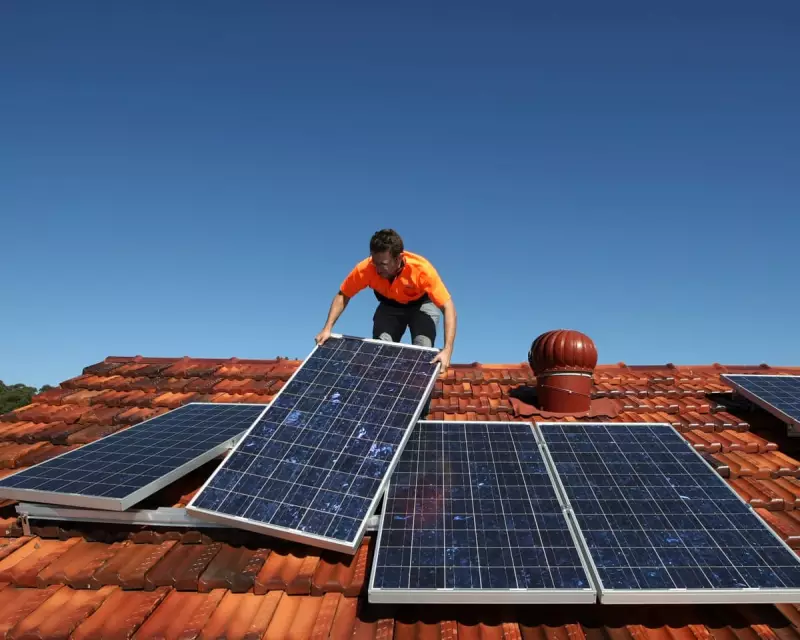
Australia's housing crisis has reached alarming new heights, with fresh data revealing rental affordability has plunged to its worst level in recent history. The latest figures show average households are now spending more than 30% of their income on housing costs, pushing many families to the brink of financial collapse.
The Stark Reality of Rental Stress
According to comprehensive market analysis, the situation has deteriorated significantly across major Australian cities. Sydney and Melbourne residents are facing the most severe pressure, with some suburbs recording rental costs consuming over 40% of average household income. This level of financial strain is classified as 'extreme rental stress' by housing experts.
The data paints a worrying picture of a nation struggling to keep pace with rising living costs, particularly for low-income earners and essential workers who are being priced out of urban areas.
Government Response Under Scrutiny
Current government initiatives aimed at addressing the housing shortage appear to be falling short of their targets. Housing advocates argue that the pace of new construction and affordable housing projects isn't matching the rapid population growth and increasing demand.
"We're seeing a perfect storm of factors driving this crisis," explains Dr. Sarah Chen, housing economist at the University of Melbourne. "Population growth, limited new construction during pandemic years, and rising interest rates have all converged to create the most challenging rental market we've seen in decades."
Impact on Vulnerable Communities
The crisis is hitting hardest among Australia's most vulnerable populations:
- Single-parent households facing rental costs exceeding 50% of income
- Young professionals and students being forced into overcrowded living situations
- Essential workers commuting hours to affordable housing
- Growing numbers of older Australians at risk of homelessness
Homelessness services report unprecedented demand, with waiting lists for emergency accommodation stretching for months in some regions.
Economic Ripple Effects
Beyond the immediate human impact, economists warn the housing crisis could have broader consequences for Australia's economy:
- Reduced consumer spending as more income goes toward housing
- Workforce mobility constraints affecting business operations
- Increased pressure on wage growth and industrial relations
- Potential impact on Australia's attractiveness to skilled migrants
Business leaders are calling for urgent policy interventions to prevent long-term damage to economic productivity and social cohesion.
Looking Ahead: Solutions and Challenges
While state and federal governments have announced various housing packages, experts say more coordinated and immediate action is needed. Proposed solutions include:
- Accelerated approval processes for medium-density housing projects
- Increased investment in social and affordable housing stock
- Rental reform to provide greater security for tenants
- Tax incentives for build-to-rent developments
However, implementing these measures faces significant hurdles, including local government resistance, construction industry capacity limitations, and competing budget priorities.
The coming months will be critical in determining whether Australia can reverse this troubling trend or if the rental affordability crisis will become the new normal for generations of Australians.





